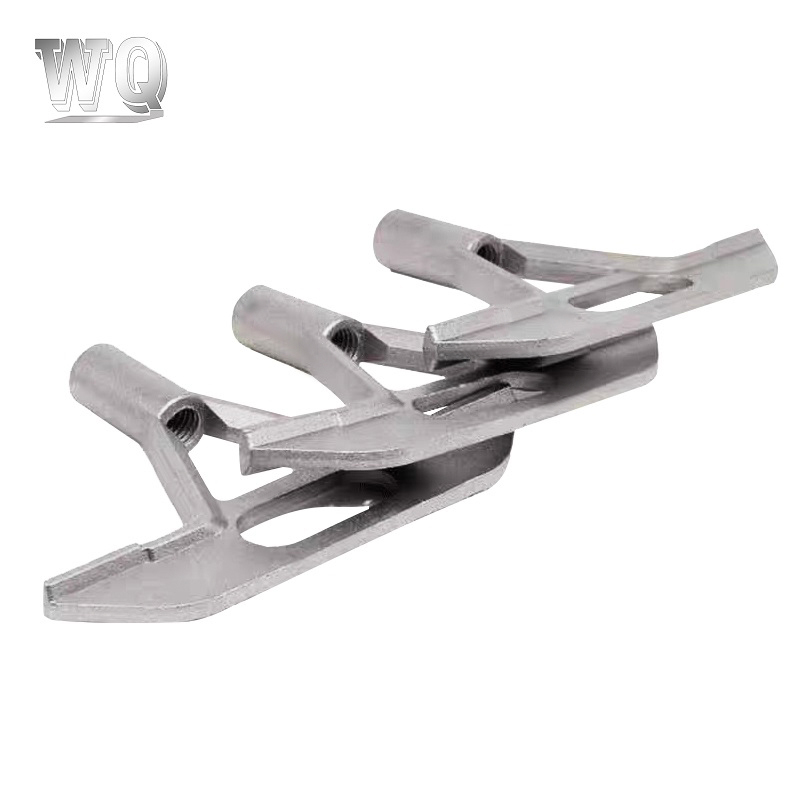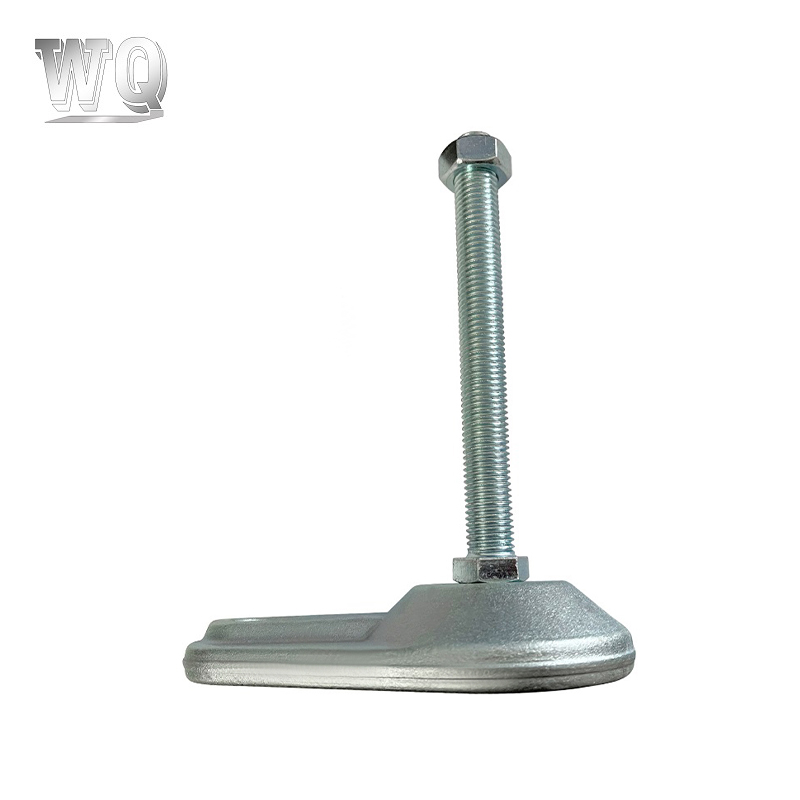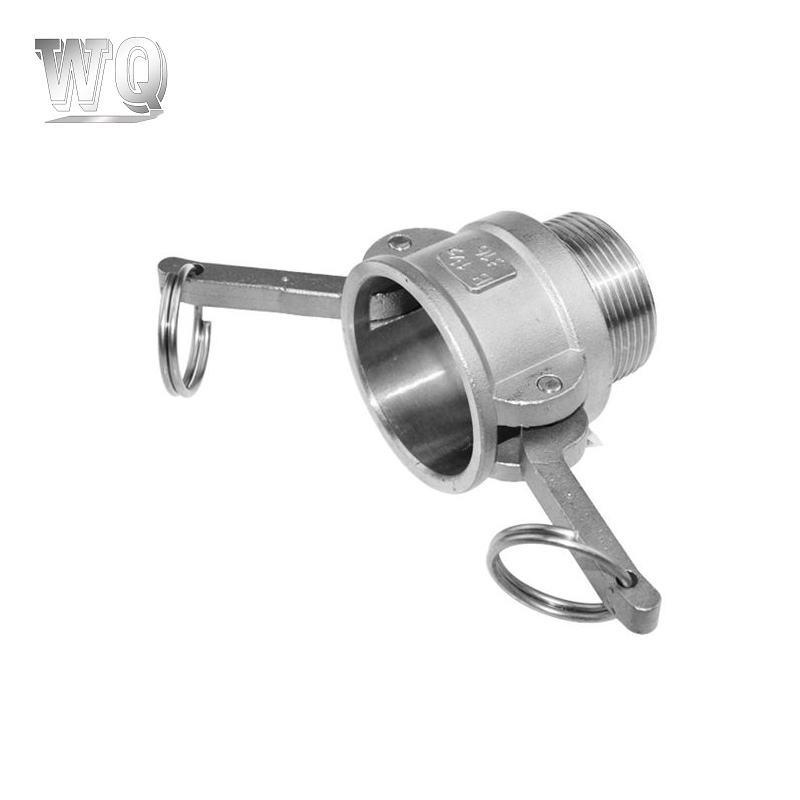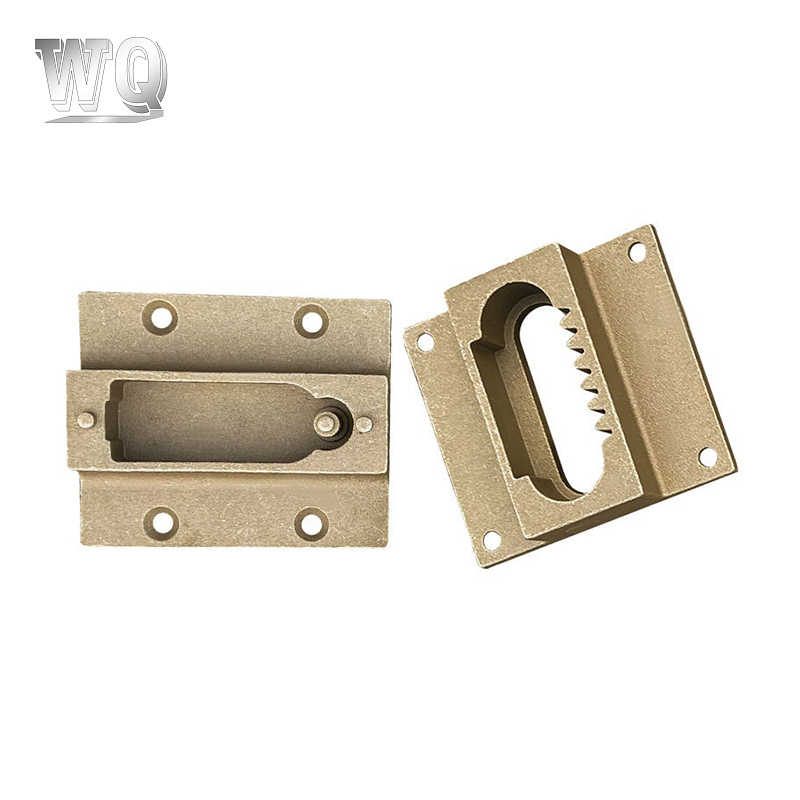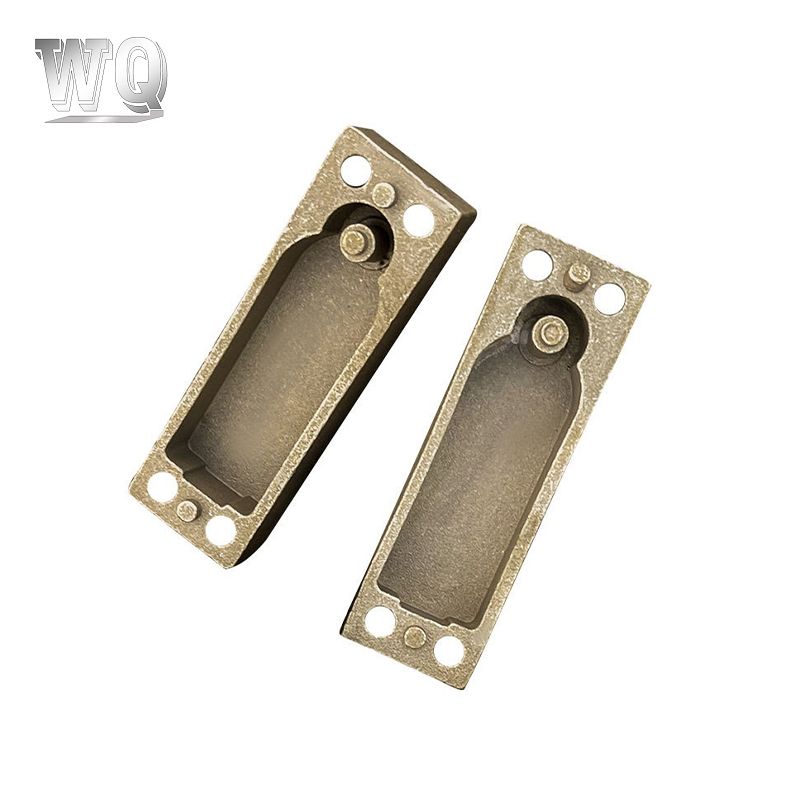Stainless Steel Casting Parts are widely used in chemical, petroleum, shipbuilding, food machinery, medical equipment and construction fields due to their excellent corrosion resistance, good mechanical strength and machinability. However, due to the large differences in the requirements for material properties in different application scenarios, how to scientifically select and correctly apply stainless steel castings has become the key to ensuring product quality and engineering safety.
In the material selection stage, the material type should be determined according to the specific working conditions. Common stainless steel casting materials include austenite (such as CF8, CF8M), martensite (such as CA40) and duplex stainless steel (such as CD3MN). Austenitic stainless steel has excellent corrosion resistance and toughness and is suitable for acid and alkali environments; martensitic stainless steel has high hardness and is suitable for occasions requiring wear resistance and high strength; while duplex stainless steel performs better in stress corrosion resistance and strength and is often used in harsh environments. Therefore, reasonable selection should be made in combination with factors such as medium properties, temperature, and pressure.

The choice of casting process directly affects the quality of castings. Currently, the commonly used stainless steel casting methods include silica sol precision casting, water glass casting and sand casting. Among them, silica sol precision casting has high precision and good surface finish, which is suitable for complex structural parts; while sand casting has low cost and is suitable for large-sized or simple-shaped parts. Regardless of the process used, the melting, pouring, cooling and heat treatment links should be strictly controlled to prevent the occurrence of defects such as pores, shrinkage, cracks, etc.
In terms of product acceptance and inspection, chemical composition analysis, mechanical property testing (such as tensile strength, elongation), non-destructive testing (such as magnetic powder, penetration, ultrasonic testing) and dimensional inspection should be carried out according to relevant standards (such as ASTM A216, GB/T 12231, etc.). For castings used in key parts, it is recommended to conduct metallographic structure analysis to ensure that their internal structure is dense and uniform.
In practical applications, it should be avoided to exceed the allowable range of material design, such as excessively high operating temperature or corrosive medium concentration, otherwise it may cause material failure. At the same time, forced assembly or impact load should be avoided during installation to avoid local stress concentration and cracking. For castings working in high or low temperature environments, the influence of thermal expansion coefficient and material embrittlement tendency should also be considered.
Post-maintenance and monitoring are equally important. Regularly check whether there is corrosion, cracks or deformation on the surface of the casting, especially for key components operating in harsh environments. If necessary, the service life can be extended by coating protection, cathodic protection, etc.
The selection and application of stainless steel castings is a systematic project, which requires comprehensive consideration from multiple aspects such as material selection, manufacturing process, testing standards, use conditions and maintenance measures. Only by scientific selection and standardized use can its performance advantages be fully utilized to ensure the long-term stable operation of the equipment and the overall engineering quality.





